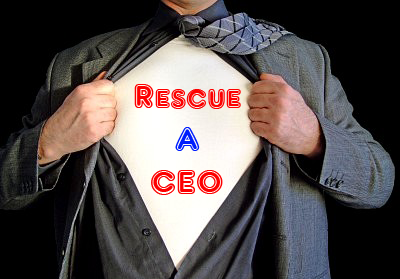Guest post is courtesy of Celina Jonesi
—-
Every industry is made up, in some part at least, of a supply chain. The supply chain is the method by which products or services are created, transferred and stored; and eventually shipped to the customer who needs them.
In some industries the final part of the supply chain, the shipping, may also be thought of as simple provision – a service is not always a tangible thing, and so may not always need physical transport from one location to another.
The promotional products industry is a supply chain in and of itself. It is effectively made up of three elements – the supplier; the distributor; and the buyer. Each has a role to play in getting a promotional item from the manufacturing stage into the hands of the client.
The client uses his or her (or its) promotional products to create a physical nexus for advertising messages, company communications and campaigns designed to raise awareness of a specific product, brand or service. He, she or it becomes the end point in the promotional supply chain – a chain that begins with the supplier, which manufactures the products that the clients use.
The supplier may be a manufacturer of any type or style of item. Almost anything can be a promotional product, after all, as long as it is branded and used in the correct fashion. So a company that makes socks can be a promotional products supplier just as easily as one that makes pens – provided that those socks have a specifically promotional purpose.
Promotional socks need not be emblazoned with a brand message, and given away to consumers: they might qualify as promotional products by simple virtue of the fact that they form part of a recognisable uniform. The most obvious examples of this are where sporting kits include socks made in team colours, and which may also have a badge or logo on them.
The supplier, in the promotional products industry, is specifically defined by its ability to turn the items it produces into promotional ones. The most normal way in which this is done is by providing print services – and a space on the item where that printing may be done. It is this that turns a normal object, for example a USB stick, into an item that can be used within a brand awareness campaign.
The purchaser or buyer may work within a brand looking to perform a new campaign; or he or she may be associated with the advertising company that brand is using to raise its profile. In either case, the buyer is the final link in the chain between factory floor and new advertising idea. Between the buyer and the warehouse, you will find the distributor.
A distributor has a vital role to play in this supply chain: finding the right kinds of object at the right price for the buyer. It is interesting to note that the buyer may step into the supply chain at an earlier stage than the distributor: that is, that the buyer’s needs define the items the distributor aims to supply.

